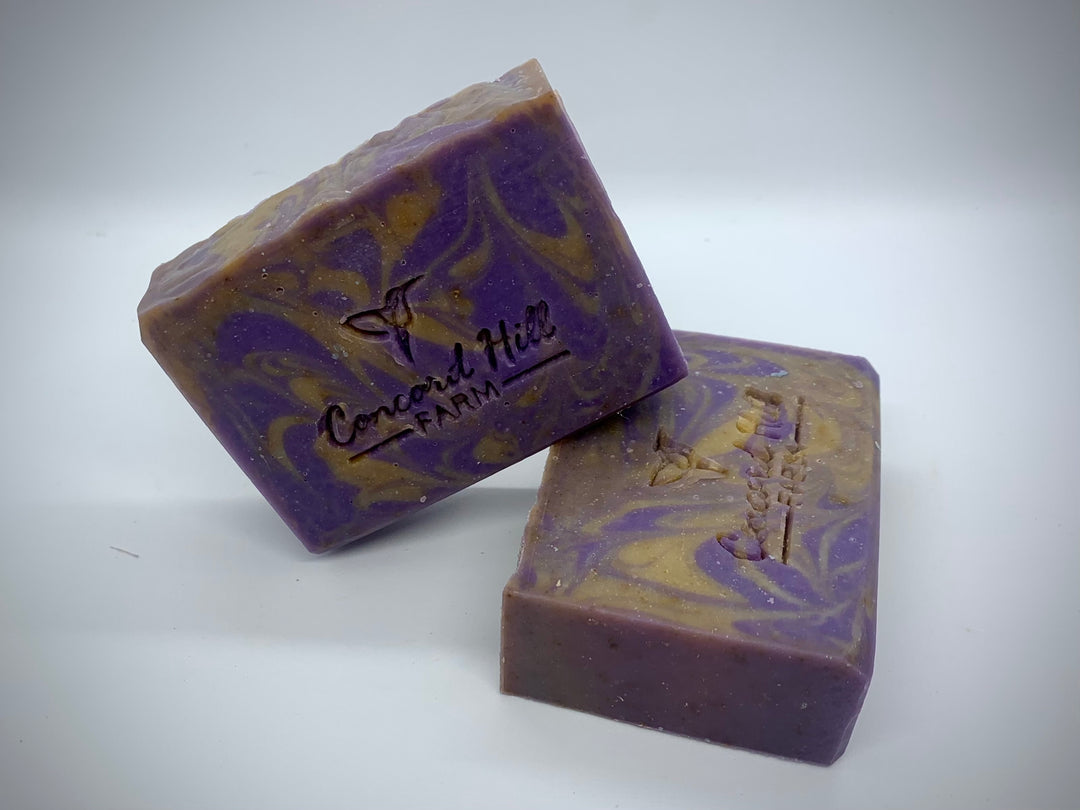
Vanilla Fig Soap
1 review
Regular price$8.00
/
This bar is a mosaic of fragrances. The fruitiness of the sweet figs combines with a warm caramel of the vanilla and the lingering depth of a sandalwood base note. The marriage of these scents lingers long after bath.
Ingredients: Grass fed tallow, virgin organic coconut oil, olive oil, grapeseed oil, castor oil, shea butter, purple Brazilian clay, Moringa leaf powder, tussah silk, phthalate free fragrance oil.

